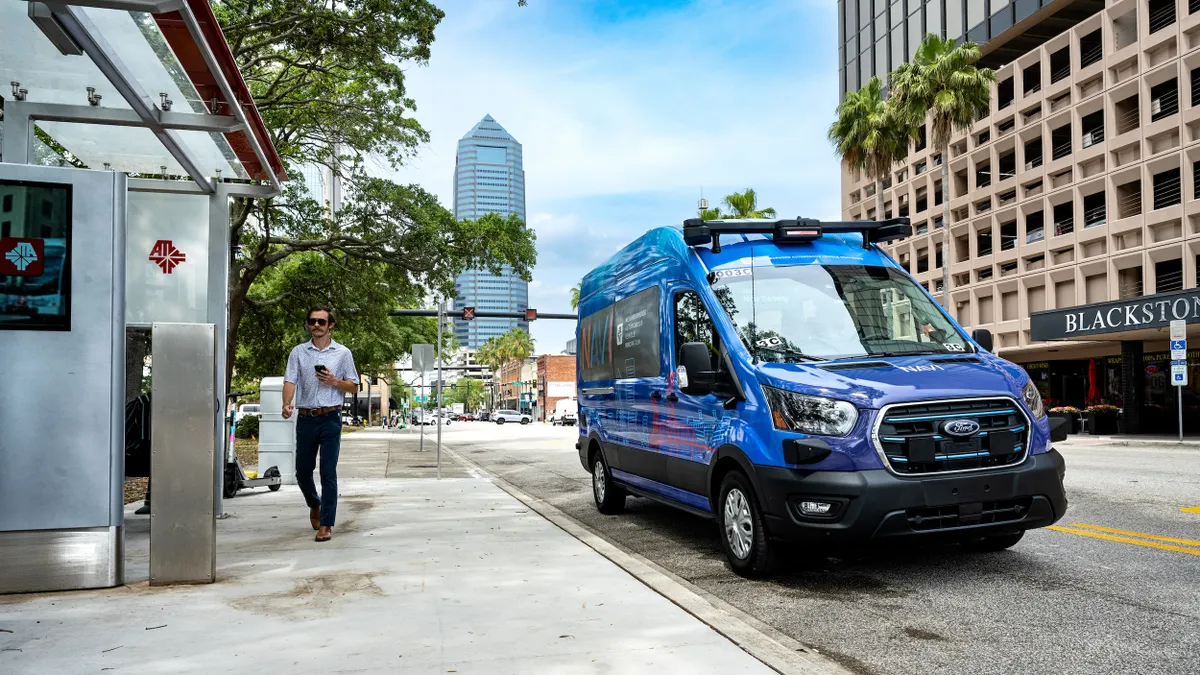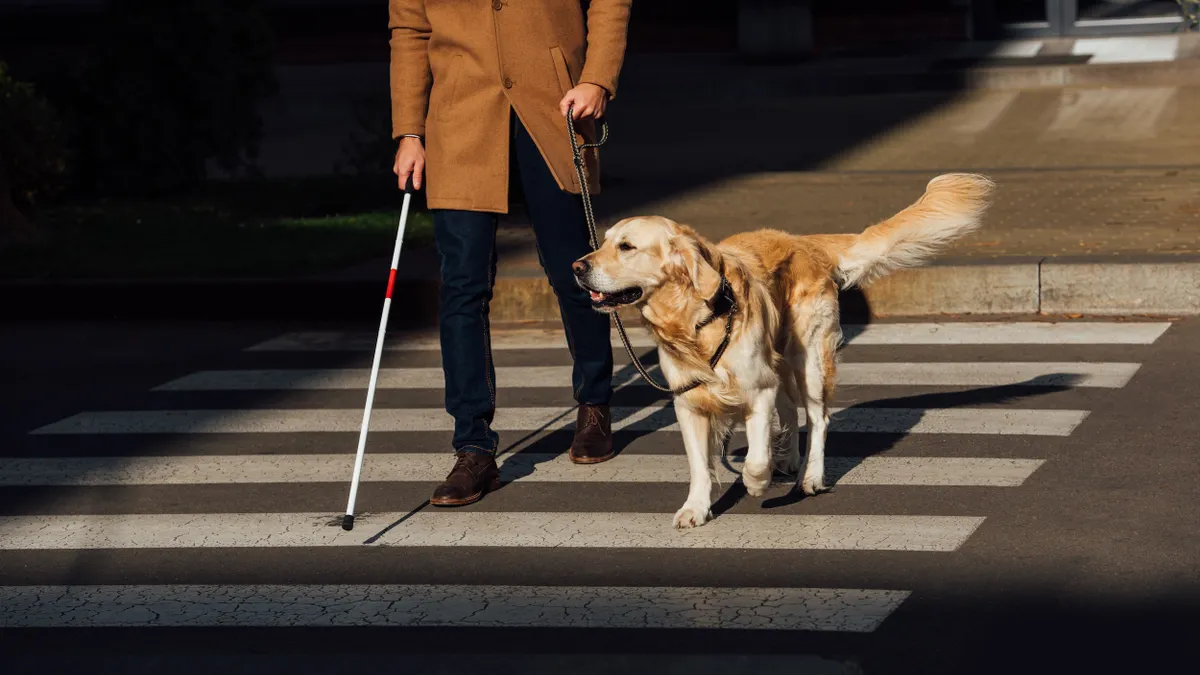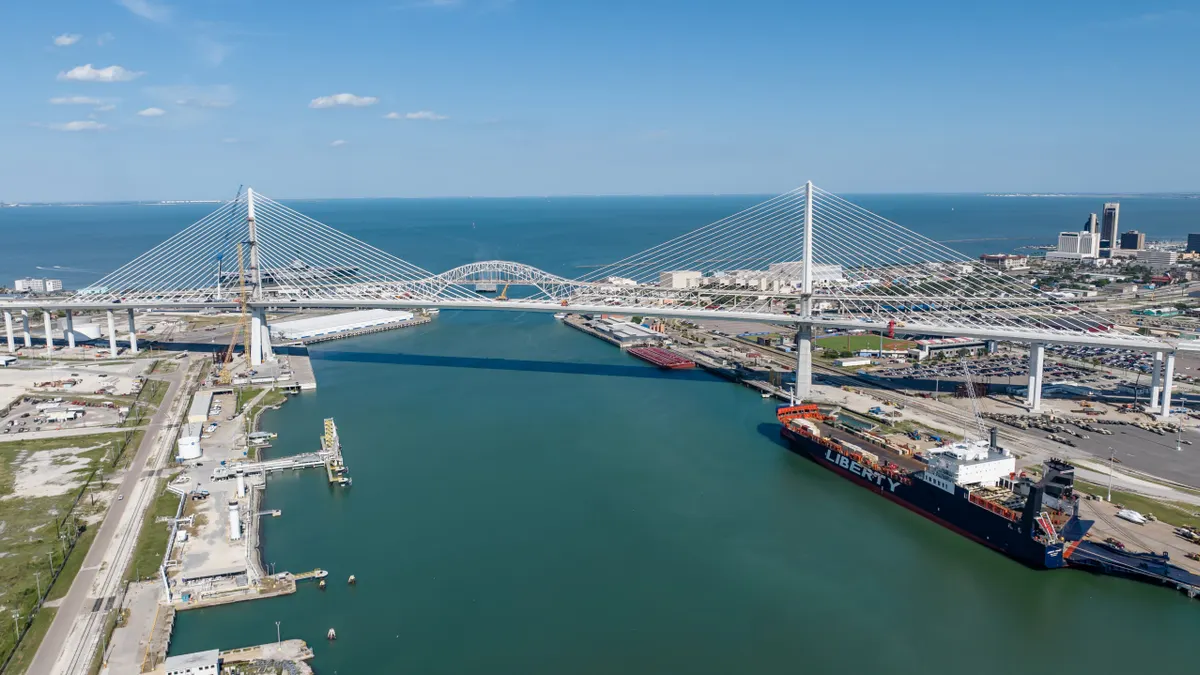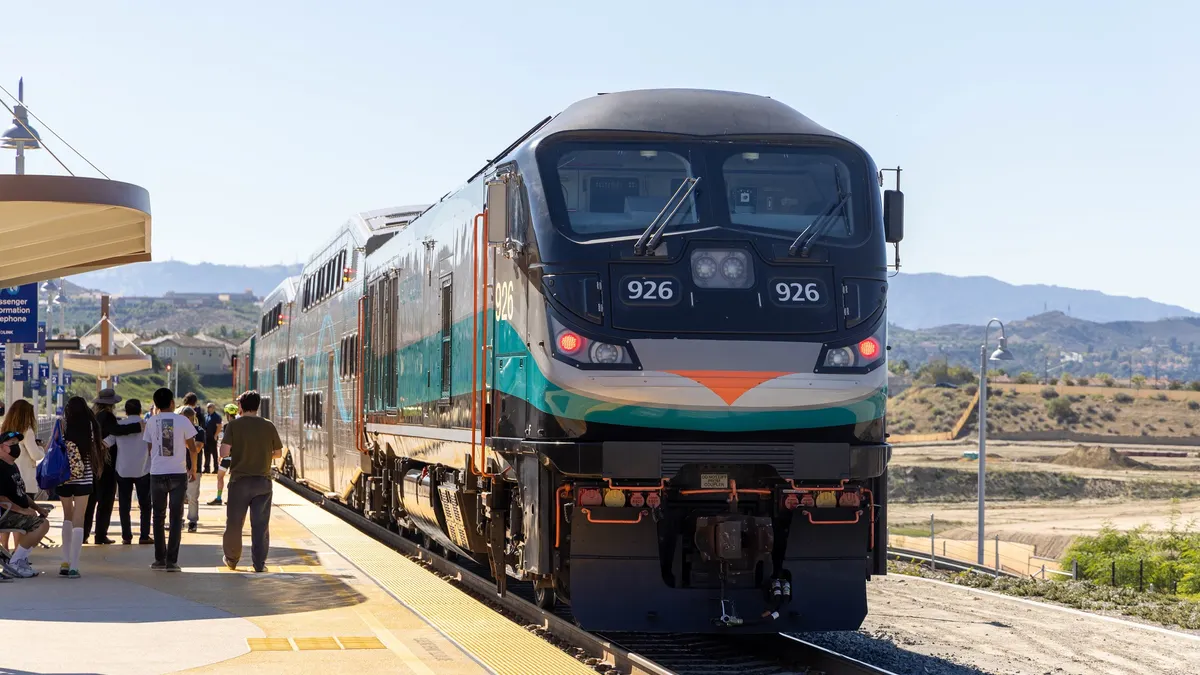Editor's note: The following is a guest post from Radim Cmar, solution architect for smart cities at Sygic.
Worldwide transport, be it public or private, is always changing. Since the invention of the car in 1885, people have gotten used to the commodity of a personal vehicle that transports someone from point A to point B. And while the comfort of having a car has become a lifestyle standard, the impact cars have on the environment and city traffic congestion are negative byproducts of their use. With 68% of the world population expected to live in urban areas by 2050, these issues must be addressed immediately.
Cities are working hard to design effective public transport systems. Cable cars in Latin American cities like Medellin, Colombia; Quito, Ecuador; and Santiago, Chile; as well the Metrobus Bus Rapid Transit (BRT) system in Istanbul, are some examples. While these initiatives are admired and recognized all over the world, convincing entire populations to only use public transport is no easy task.
In fact, despite global efforts to improve public transport services, The Economist reports a decline in public transport use in major cities like Toronto, Paris, and London. In the U.S. alone, transit ridership declined in 31 of 35 major cities in 2017. There will always be a demand for personal transport, and thus, the current solutions are set to shift as well. Here is what the future of personal transport looks like:
From four wheels to two wheels
Over the years there has been lots of talk about the implementation of electric cars. Could electric scooters be a more viable solution? As it turns out, cities all over the world are seeing increased use of electric scooters. Companies like Bird and Lime are putting an innovative spin on private transport in cities like Washington, Prague, and Singapore, turning rental scooters into a private commuting service.
With these apps, users can unlock scooters from their pickup locations, and leave them behind when they arrive at their destination. Then, another user who needs a scooter can walk up and use it to go somewhere else. But, this concept of vehicle sharing isn’t limited to scooters alone. Mechanical and electric bike-sharing services are still rising, and are being considered as a viable alternative to current transport solutions for individuals.
The only catch is that the implementation of this transport method would require cities to constantly maintain their infrastructure. This is because two-wheeled transport should be separated from cars and pedestrians for safety and comfort — which is not an easy task for municipalities. It includes the construction of new lanes, as well as the creation of new laws.
The car industry goes lightweight
Some estimates have shown that oil reserves around the world will run out by 2052 and that gas will shortly follow by 2060. This leaves car industry leaders a very short time to come up with new ways to manufacture vehicles which are more sustainable.
To combat the lowering availability of oil, car manufacturers are looking to make cars which are lightweight and thus use less gas. Research suggests that reducing the weight of a car by as little as 10% has the potential to improve fuel economy by 8%. By making lightweight vehicles, manufacturers can respect the initiatives for a greener future, while providing cars that benefit the consumer by using less gas. But the “lightweighting” trend doesn’t only apply to cars. The same engineering practice is being considered for all kinds of transport vehicles, such as airplanes and trains. With lighter materials, we will see less pollution, and fuel economy improvements.
Electric cars are increasingly being used as well. The global trend is emerging which pushes for more electric cars due to pollution. In fact, the market for global cars is set to increase from 3 million to 125 million electric vehicles on roads by 2030. While the electric car has been criticized for some of its side effects, like the amount of CO2 required to build its battery, the benefits of a healthy city heavily outweigh the negatives.
Accepting semi-autonomous before going full autonomous
Autonomous vehicles are all the buzz nowadays. Major industry players like Google, Apple and Uber have been focusing their efforts on creating self-driving vehicles. As forward-thinking as the initiatives are, it’s possible that the technology available has not yet reached the point to create autonomous cars that are capable of operating on roads.
Before people start accepting fully autonomous vehicles, they will first need to embrace semi-autonomous ones. These semi-autonomous systems are available now and have still not been popularized among the masses. It seems like focusing on fully autonomous cars is a result of thinking too far ahead.
Semi-autonomous cars have plenty of features that make the driving experience safer and more comfortable. These features include adaptive cruise control and active steering. The former maintains a safe distance from cars ahead, and the latter gently controls the steering wheel to keep the driver in their current lane. Tesla, Cadillac, and Mercedes have created top-tier semi-autonomous vehicles, which still require driver interaction, but make the experience much safer.
The power of connected cars
Connected cars are changing the driving experience. Technologies like MirrorLink, SDL, Car Play, Android Auto are connecting smartphones to vehicles and making drivers’ lives more efficient while they commute.
In the future, people will be able to manage even more aspects of their lives from their cars, such as scheduling appointments with Google Assistant. If the autonomous trend reaches a point of reliability, the new era may see the car turn into a mobile office where work can be done.
Another aspect of the connected car is vehicle-to-everything (V2X) technology. This tech allows cars to essentially communicate with anything in the environment that could affect them such as cell phones, traffic lights, other cars, and so on. V2X connectivity can provide timely alerts on imminent dangers out of the driver’s line of sight. They will also help inform drivers on speed violations, and on dynamic traffic infrastructure changes. All of this builds towards a safer driving experience.
The car of the future will continue to see changes which emphasize safety, comfort, efficiency and an environmentally friendly architecture. We will see improvements that consider personal transport as a viable option which benefits all parties involved. While continuing to expand their public transport initiatives, cities and car manufacturers are likely to develop newer technologies which also focus on the individual driver.

















